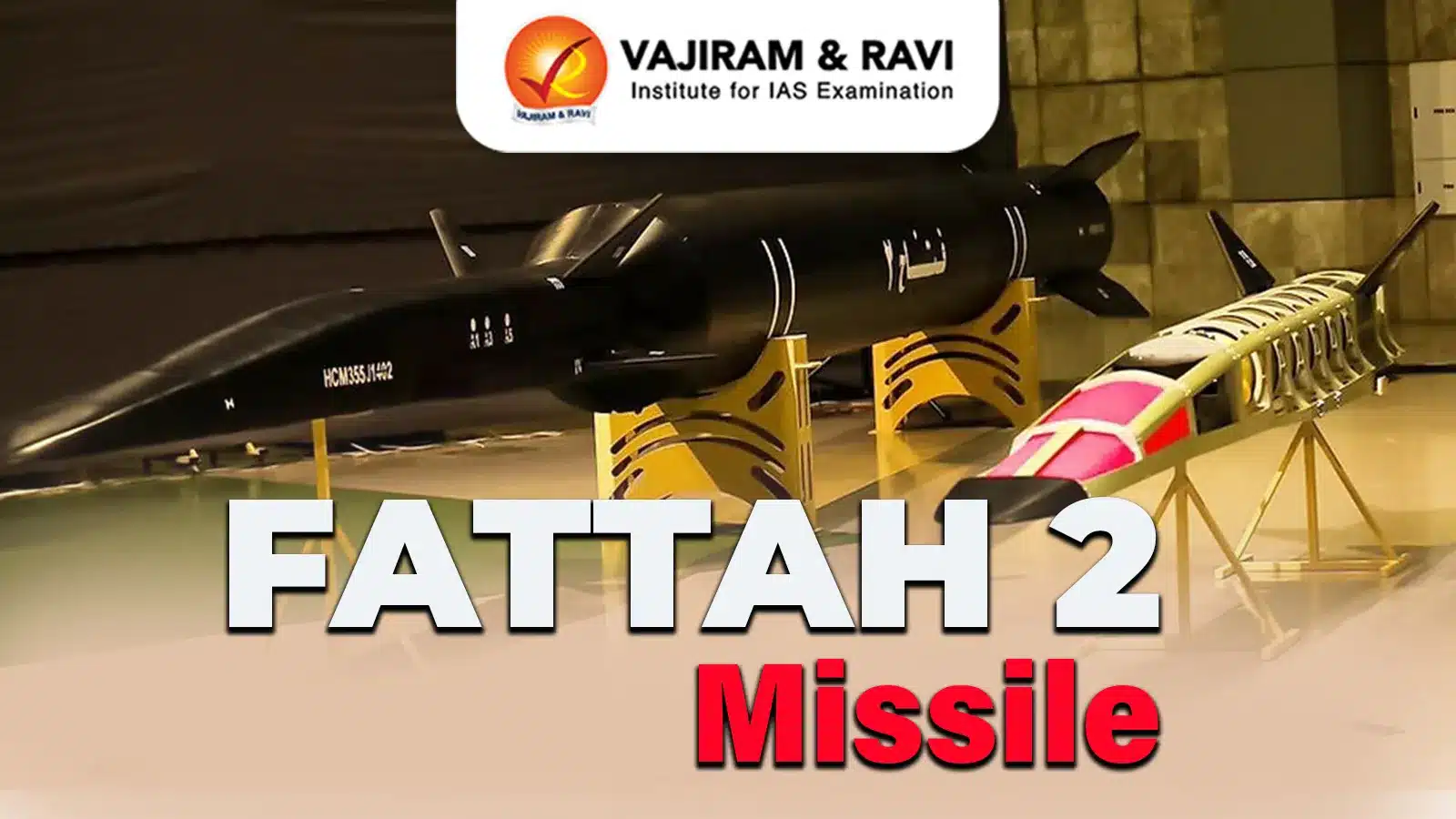About Kepler Space Telescope
- It was NASA’s first planet-hunting mission, assigned to search a portion of the Milky Way galaxy for Earth-sized planets orbiting stars outside our solar system.
- It was launched on March 6, 2009.
- The spacecraft was named after the famed German astronomer Johannes Kepler (1571-1630).
- Its scientific goals included determining the abundance of earth-sized planets and the distribution of sizes and shapes of their orbits, estimating the number of planets in multiple-star systems, and determining the properties of stars that have planetary systems.
- In December 2011, NASA announced that Kepler had found its first planet, Kepler-22b, in the habitable zone of a star.
- On October 30, 2018, after nine years in deep space collecting data, NASA announced that Kepler had run out of fuel. The spacecraft was retired in its current, safe orbit, away from Earth.
- Kepler left behind a legacy of more than 2,600 planet discoveries from outside our solar system, many of which could be promising places for life.
- Features:
- Kepler detected planets by observing transits, or tiny dips in the brightness of a star that occur when a planet crosses in front of the star.
- The spacecraft was basically a single instrument – a specially designed 3-foot (1-meter) diameter aperture telescope and image sensor array – with a spacecraft built around it.
- The diameter of the telescope’s mirror was 4 feet, 7 inches (1.4 meters), making it one of the largest mirrors beyond Earth’s orbit.
Q1) What is the aperture of a telescope?
A telescope’s aperture refers to the diameter of the lens or mirror the telescope uses to collect light. A bigger lens or mirror has a higher aperture, meaning it’s able to collect more light. The more light that’s collected, the better you’ll be able to see faint objects. Aperture power increases dramatically as you size up the lens or mirror; for example, a telescope with a 200 mm aperture will be able to collect four times as much light as a 100 mm aperture.
Source: Scorching, Seven-Planet System Revealed by New Kepler Exoplanet List
Last updated on June, 2025
→ UPSC Notification 2025 was released on 22nd January 2025.
→ UPSC Prelims Result 2025 is out now for the CSE held on 25 May 2025.
→ UPSC Prelims Question Paper 2025 and Unofficial Prelims Answer Key 2025 are available now.
→ UPSC Calendar 2026 is released on 15th May, 2025.
→ The UPSC Vacancy 2025 were released 1129, out of which 979 were for UPSC CSE and remaining 150 are for UPSC IFoS.
→ UPSC Mains 2025 will be conducted on 22nd August 2025.
→ UPSC Prelims 2026 will be conducted on 24th May, 2026 & UPSC Mains 2026 will be conducted on 21st August 2026.
→ The UPSC Selection Process is of 3 stages-Prelims, Mains and Interview.
→ UPSC Result 2024 is released with latest UPSC Marksheet 2024. Check Now!
→ UPSC Toppers List 2024 is released now. Shakti Dubey is UPSC AIR 1 2024 Topper.
→ Also check Best IAS Coaching in Delhi
























